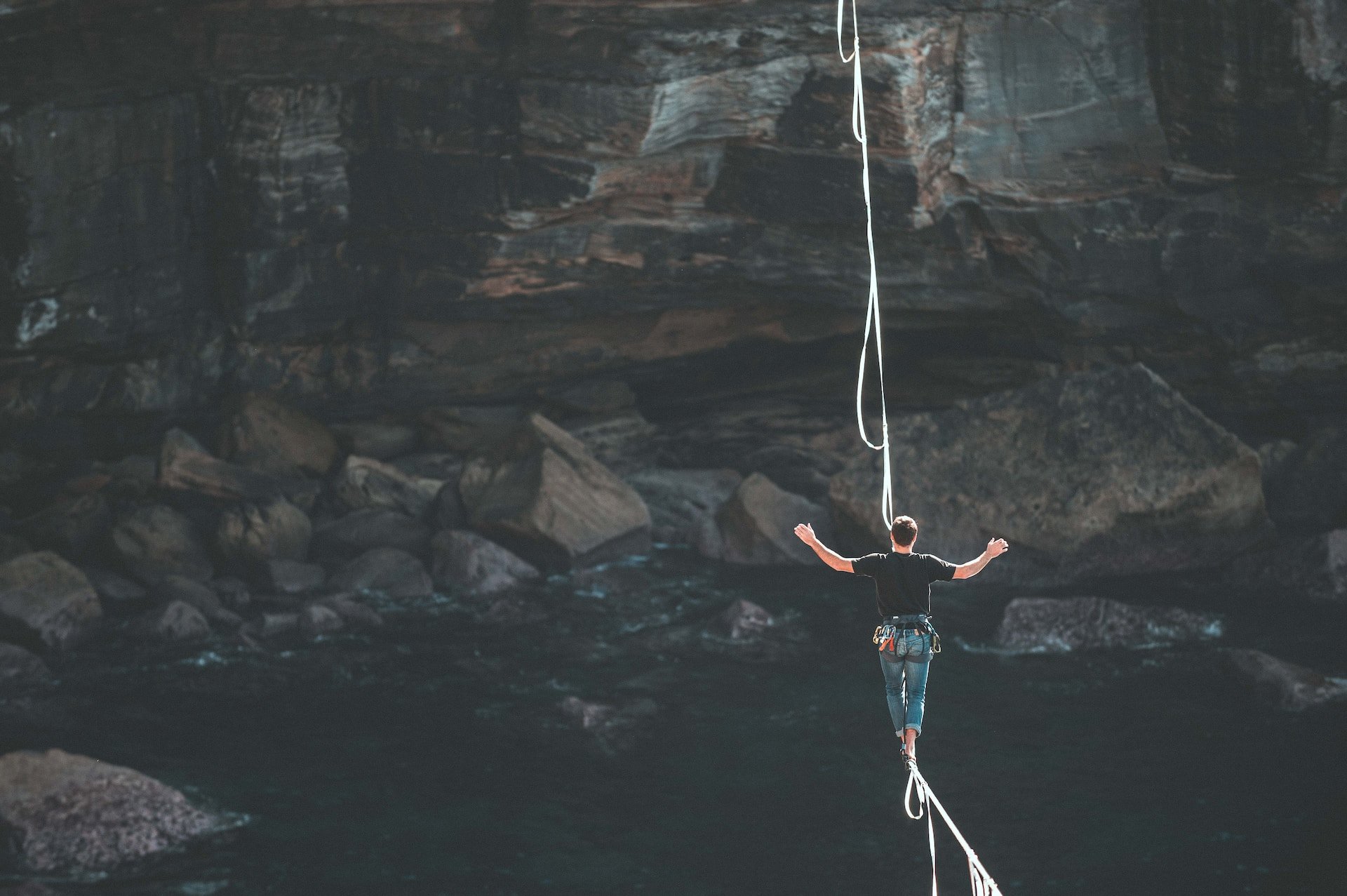Risk: The dilemma of creativity
Risk taking. It’s a gut-wrenching journey that demands a great deal from the person going through it. But if you ask almost anyone in the industry, in retrospect, most will agree that the rewards are significant and truly worthy of the effort.
Photo by Loic Leray on Unsplash
When we’re using our imaginations to create something original, certain aspects of our personality and the process itself will be exposed: the solitude, self-reflection, uncertainty, self-doubt, vulnerability. All are hard to deal with because they take so much of us and may all be exacerbated through our willingness to take risks, yet people still do it.
To create is to expose ourselves. Being exposed in such a way can be a petrifying prospect. Not only are we opening ourselves up to being judged, criticised and analysed by others, but worse, by ourselves. We are often our own harshest critics, yet, for artists and creative thinkers there is no alternative because we are driven by an innate force within us.
Sometimes, people may create from a place of fear. When we give into failure and try to hide from uncovering parts of ourselves and creating with a lot of personal constraints, the end result will inevitably carry with it the torment of our internal conflict: a half-baked outcome that is far from our best work.
We rely on our imagination to envision what the outcome will be. The end product of our endeavour is almost always less than what we see in our minds.
However, in an attempt to protect oneself from getting hurt, we are putting ourselves in a highly vulnerable position. Our endeavour will expose exactly what we are trying to hide. It’s a no-win situation because we are not able to reach our potential and do our best work because of fear. When fear takes over, any vision is compromised in order to feel safe and protected, which then leads to exposing our inner selves even more.
Then there’s the unknown chasm between our vision and the execution of what we are trying to create. To bridge this gap we rely on our imagination to envision what the outcome will be. The end product of our endeavour is almost always less than what we see in our minds.
There’s often what can be called a “blank space” between what we thought something will be and what it is. Some attribute this blank space to talent, media used, timing, financial limitations, communication, techniques applied and other factors. In reality, this gap is comprised of the things we fool ourselves into believing we have full control over, when in fact, we simply don’t. This notion of creating something that is uncontrollable can be an unnerving thought.
When we free ourselves from self-imposed restrictions, the possibilities are endless because our imaginations have no boundaries.
Accepting an outcome that is less than what we had imagined is hard because it requires us to admit to ourselves and the world that we are flawed and deficient. That our work may be as well. And yet, we take the risk. To explore and reveal our sincerity despite that internal pull that demands perfection and the ever-present pressure of the world around you that demands the same.
Unless we aim for comfort and convenience, taking risks is imperative to the creative process. It forces us to go beyond our comfort zone in return for the personal growth we have yet to unlock. When we free ourselves from self-imposed restrictions, the possibilities are endless because our imaginations have no boundaries.
The risk, however, is that we alone must define the fine line between being too sensible or too audacious as our legacy.
